
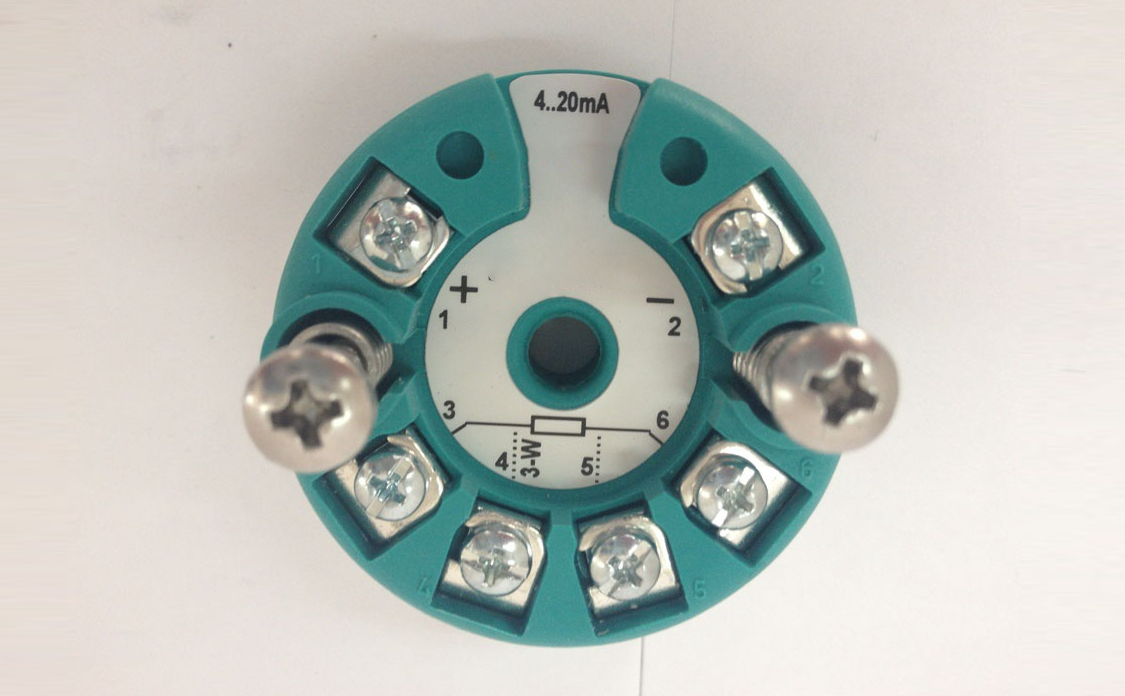 Calculate temperature transmitter output
Calculate temperature transmitter output
The electronic temperature transmitter has a range of 50 to 140 degrees Fahrenheit and a 4-20 mA output signal. If the measured temperature is 79 degrees Fahrenheit, calculate the current output of this transmitter.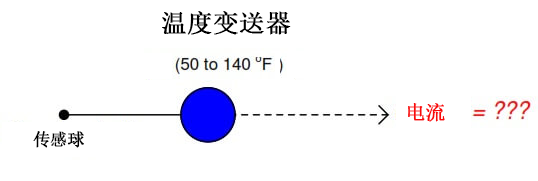
We are using the standard 4-20mA conversion formula to solve this problem.
First, we will establish a linear equation describing the function of the temperature transmitter:
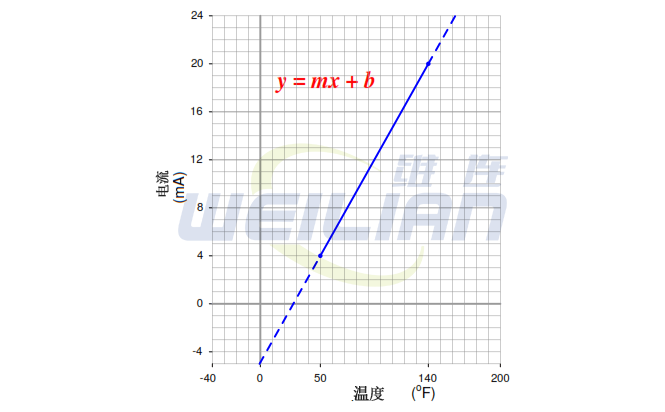
Calculate and substitute the slope (m) value of the equation using the full rise overflow of a linear function:
The y-intercept value for this example will be different from the previous example because the measurement range is not zero based. However, the process of finding this value is the same -- insert any corresponding x and y values into the equation and solve b. In this case, I will use a value of 4 mA for y and 50 o F for x: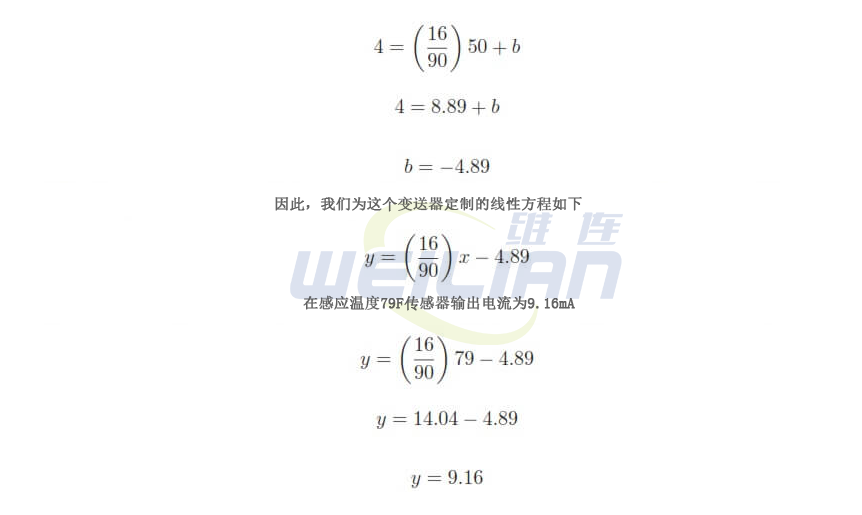
We can solve this problem by applying the same alternative solution as the flowmeter example: first convert the process variable to a simple "per unit" ratio or percentage of the measurement range, and then use that percentage to calculate the current in milliamperes.
The "tricky" aspect of this example is that the temperature measurement range is not zero based.
Converting 79 degrees Fahrenheit to a percentage of the 50-140 degrees Fahrenheit range requires that we first subtract the real-time zero value and then divide by the span:
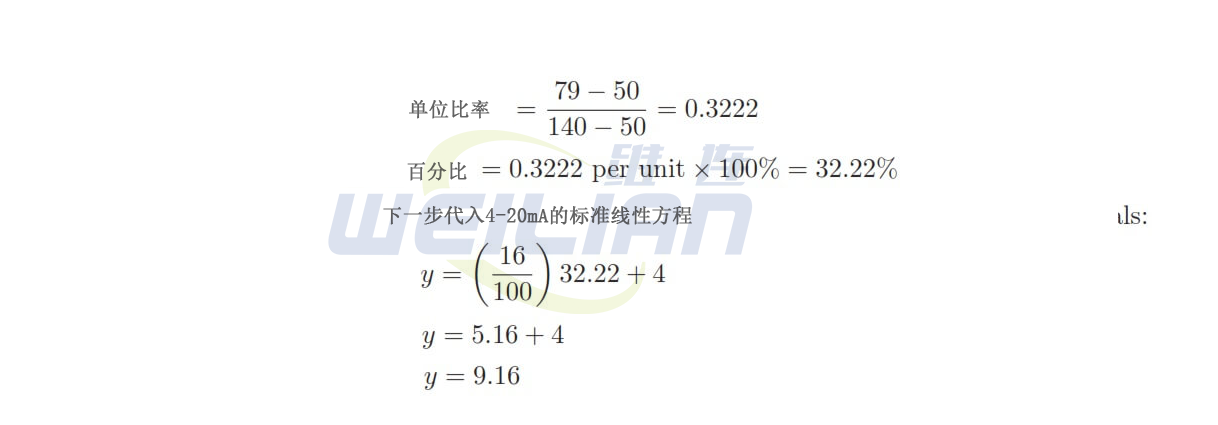
Similarly, we get the exact same transmitter output current figure: 9.16 mA at a measurement temperature of 79 oF.
The choice of calculating the transmitter current by first setting a "custom" linear equation for the relevant transmitter or by converting the measured value to a percentage and using a "standard" current linear equation is arbitrary.
Either method will produce accurate results, although the "custom equation" method may save time if many different current values must be calculated.

